More often than you might think, new cars are created by people whose names aren’t on the bonnet badge.
Car makers, especially start-ups spurred on by special circumstances like the rapid rise of the Chinese market and the onrush of electrification and autonomy, enlist the aid of discreet specialists who conceive, style, engineer and ready new cars for production, then fade away as if nothing ever happened. The UK has a good selection of such expert consultancies, and business is brisk.

When we decided to repeat last year’s successful Christmas wheeze of reimagining a quartet of well-loved classics (via our resident designer Ben Summerell-Youde), it seemed sensible to get them assessed by proven car creators.
We have again approached Envisage Group, the Coventry-based consultancy with whom, a couple of years ago, we created and part-engineered an all-new five-door electric saloon for 10-15 years hence. This time, four of us proposed new iterations of old cars – an alternative Mercedes A-Class, a new-era Audi A2, an Alfa Romeo Duetto and a Ford Capri crossover – and each wrote a short justification of the concept. These were assessed for practicality, market appeal and innovative content by a three-man Envisage team led by engineering director Paul Arkesden, with project manager Craig Bonham and engineering manager Stuart Smith, all greatly experienced in other projects and at other companies – but unable to talk very much about any of it, such is the secrecy in car creation.
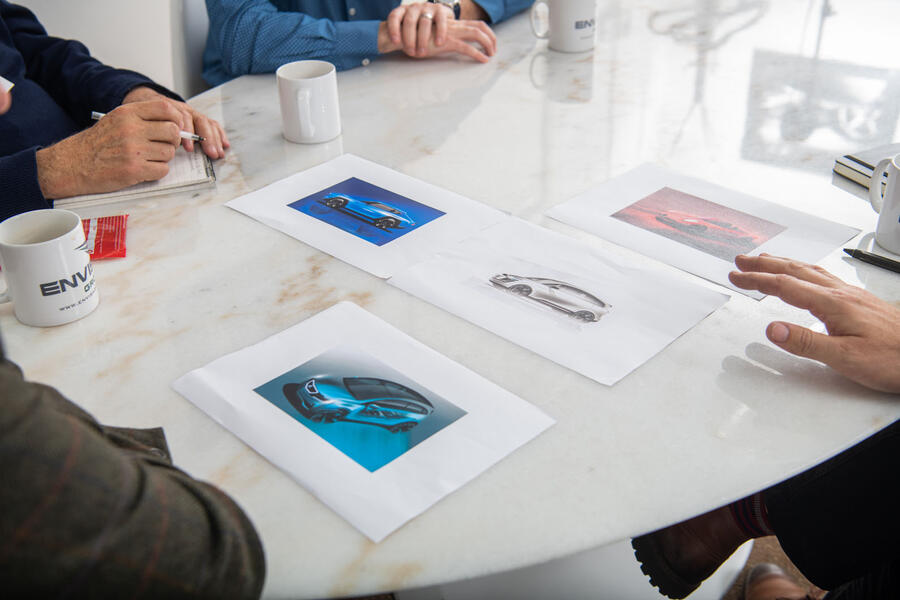
Talking about our projects, though, was something the team was happy to do. Not that their reactions were all sweet music to our ears, as the comments make clear…
Steve Cropley: Ford Capri
What makes me want to recreate this highly successful last-century Ford coupé is the catchy advertising label that always went with it: “The car you always promised yourself.” For car nuts, such cars are always lurking in the back of the mind.

Get serious about making a new Capri and you soon strike trouble. Any mission to recreate a long-nosed European 2+2 runs into two major problems: firstly, the fact that there isn’t a suitable Ford front-engine/rear-drive powertrain available on this side of the Atlantic; and secondly, the fact that Europe’s best-selling sports coupé is already a Ford – the Ford Mustang. No sense in launching against that.
What would the people who built Ford’s performance image so high in the 1960s have done? Well, in Detroit a bit over a year ago, their descendants explained that Ford’s grand plan is to use iconic names to sell first-gen electric cars. To me, ‘Capri’ stands in the front rank of Ford’s great names, but what kind of electric car makes sense? What kind of electric car am I promising myself? Electric saloons are everywhere and the Capri was never a family car. SUVs sell strongly, but there’s no argument for a boxy Capri. The challenge is to propose something whose styling says compact, stylish, agile, at least semi-sporting and, above all, relevant to modern life. After all, that original Capri worked so well because it fitted people’s lives at the time.

That’s why I’m proposing the new Capri as a kind of diminutive, high-rolling electric fastback coupé, reminiscent of a stubby, downsized Aston Martin DBX concept but with the footprint of a Ford Ecosport, maybe plus an inch or two. That way, the car can be proud and practical, with sportiness chucked in, and its height can provide battery space more easily than a saloon.
There can be a bit of off-road toughness, with the wheel design and tyre tread adding character, along with a non-corporate grille (nothing says ‘mainstream’ more than a corporate grille). A radical roofline is essential, too. I’m seeing a fastback rear meeting a rising belt, with more extravagant surfacing than you normally see on a small car, although never overdone. It’d be a question of balance. Great designers might also find a detail or two, maybe even a rear window outline, to echo the original Capri. I’d certainly like to see them try.
There’s a need, or soon will be, I believe, for affordable electric cars that are compact, sporty and, above all, a little bit special. There’s absolutely nothing in this space at present and the customers are getting impatient.
Expert view: there’s nothing like it
“This one really got us thinking, mostly because there’s nothing like it on the market. That’s where we struggled: it helps to have a buyer in mind even though both electrification is coming very rapidly and crossover architecture is fashionable.
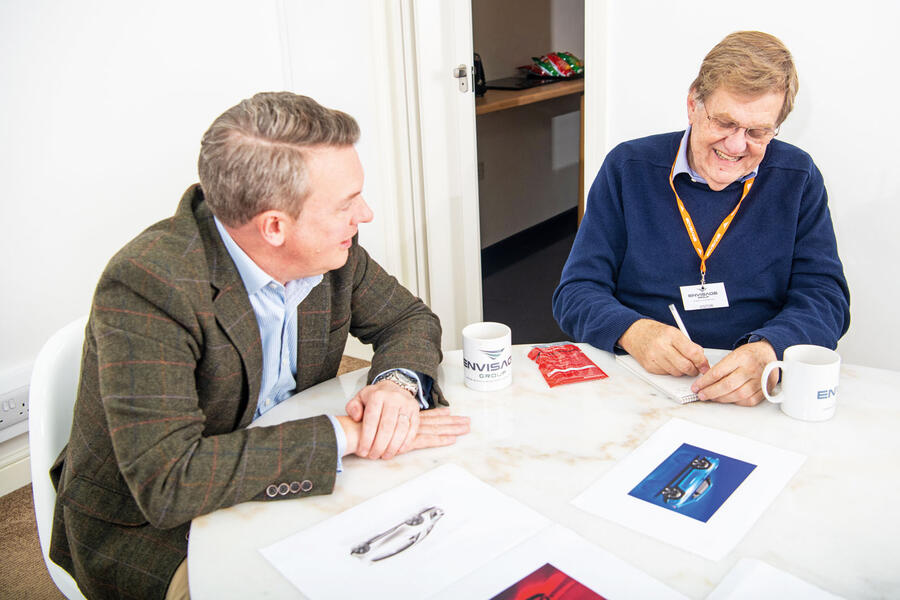
“You can take comfort from the fact that there are no cars like this in the chosen size and price range — maybe you’ve discovered a car as special and trend-setting as the new Mini — or you can be alarmed by it. Or maybe it’s a car no one will want.
“It’s not obvious what existing platform you’d build this off, given the dimensions and that it’s electric. But we note the suggestion that Ford’s strategy for future EVs will be to attach iconic names and shapes to them to earn credibility and justify higher pricing. From that viewpoint, it works.”
Matt Prior: Audi A2
How to revive the Audi A2? Just restart the original production line. The A2 was a car so far ahead of its time that maybe we’re almost ready for it now. I’m joking, of course. Some of the original A2 bits would have to go, I suppose. We’d have to can the diesels, for a start, even though the original 1.4 TDI was good for 119g/km and 65.7mpg – 18 years ago. Later, there was a 1.2 diesel that averaged 94mpg. Key to the A2’s so-2018 frugality was that it weighed only 895kg, owing to its diminutive size and aluminium structure. It also had extremely slippery aerodynamics.
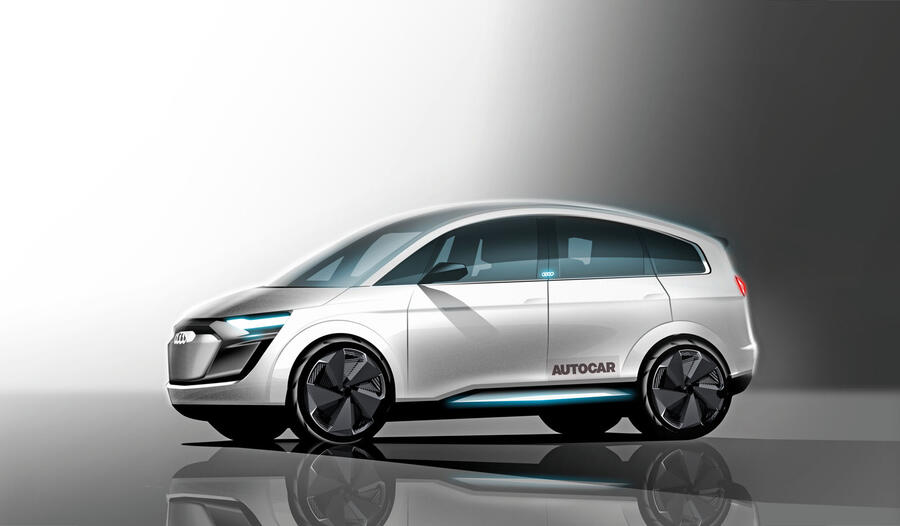
The A2 couldn’t be so light today, because a new version, if it matched the forward-looking ethos of its predecessor, would have to be based on the Volkswagen Group’s MEB electrified platform, have a floor full of batteries and an electric motor at one end or the other. Which means that, just like 18 years ago, hardly anyone will buy one, because unless you can plug it in at home and have a predictable commute, you’re exposing yourself to the wild west of the public charging network. And no one will do that unless they’re forced to, which is why soon we all will be.
Powertrain aside, for the new A2 little changes. The A2 didn’t rely on retro styling, which is why it still looks fresh. Its thick door pillars were for crash protection and its bluff, high rear and accompanying tiny window made for good aero but hurt visibility. Today, blindspot sensors and rearview cameras can fix that.
There’s no obvious fix to the original A2’s hard ride, save for the fact that we’ve become quite accustomed to EVs and Audis riding harshly and no one seems to mind.
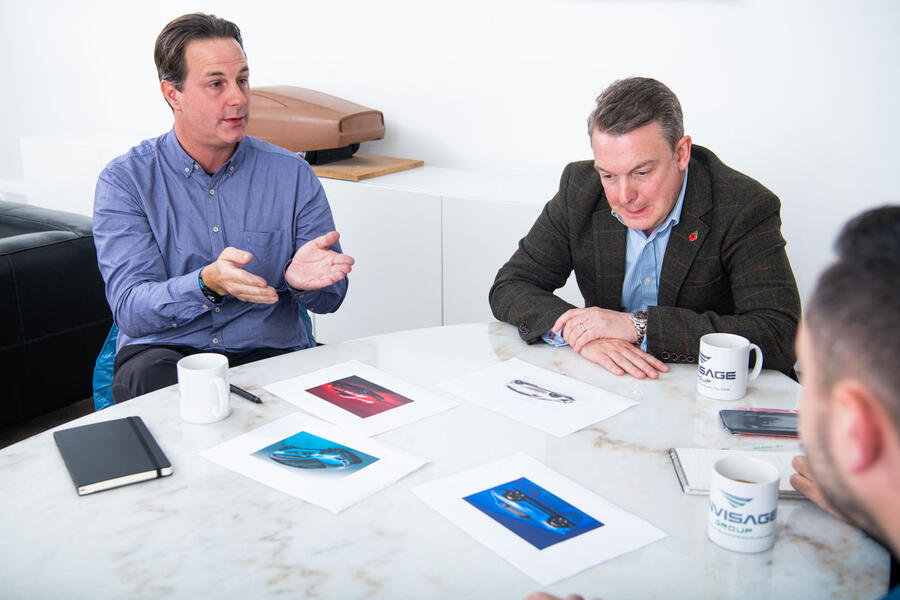
The original A2’s only other issue is how few of them Audi managed to sell, which, given that it was priced from around £16,000, left profit margins far too slim. Today, we’re used to paying a lot for small Audis, so restart the cogs and price the new A2 from £30,000.
Expert view: who would buy it?
“You’ve got to ask yourself why Audi never built another A2. A few people loved them and still do, but the questions linger: how do you make sure this car has appeal? What’s the USP?
“We think selling it would be the problem. Sure, the original A2 was light, but it wouldn’t be as light in production nowadays, and the original also had serious cost issues, like special plastic wings and a bespoke HVAC system.

“The Autocar proposal could have been a lot more radical, more edgy, we think. The proposed design looks like not much more than a mid-cycle action on the original model. The roof is a bit different, but we’d predict difficulties with getting in and out of the back seat as a result of that. Having said all this, it wouldn’t be too difficult to do, depending on the aggressiveness of the cost targets.”
Hilton Holloway: Mercedes A-Class (Mk1)
It’s 21 years since the original Mercedes A-Class became infamous. For some reason, video of the tiny futuristic vehicle rolling over during testing by a Swedish motoring magazine hit the TV headlines around the world, and the phrase ‘elk test’ entered our vocabulary.
The main reason the new A-Class – just 2000 or so had been built at the time – rolled over when steered violently around an obstacle was because it was so tall and so short, and one of the reasons it was so tall was its ‘sandwich’ platform.
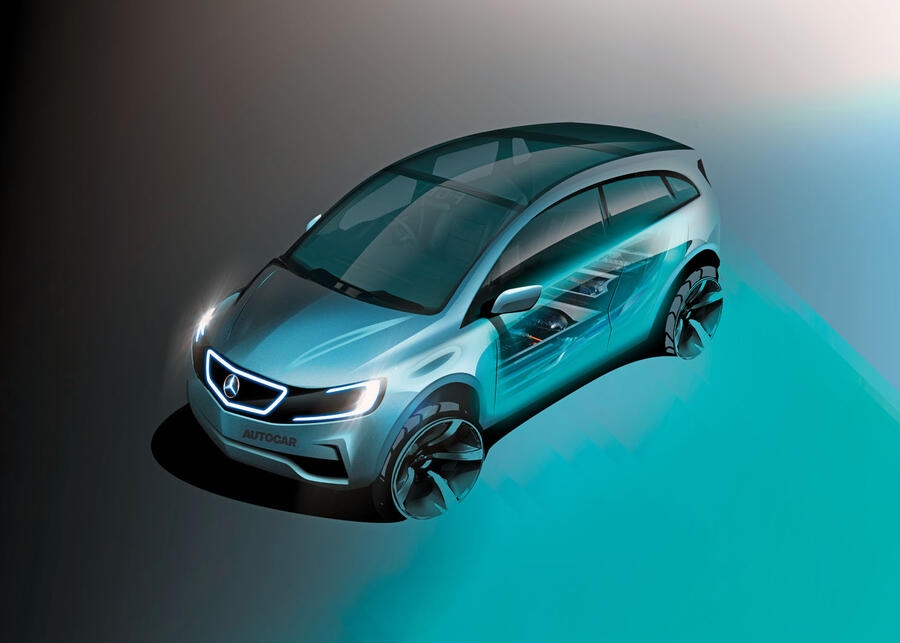
The double-decker floorpan, which allowed for an empty space under the A-Class’s flat floor, had a number of functions. In the event of a frontal collision, it allowed the slant-mounted engine to be pushed under the floor rather than into the cabin. Sitting passengers high also greatly improved the side-impact safety.
At the time – and this was 21 years ago, remember – Mercedes engineers also suggested that the space could also be used to store batteries for an electric A-Class or gas tanks for a fuel-cell version.
Indeed, experimental hydrogen fuel-cell versions of the original A-Class and its B-Class successor were made. (I drove the latter a few years ago in the RAC’s Future Car run from Brighton to London.)
Mercedes phased out the sandwich floor concept, saying lowish sales made the bespoke engine and gearbox very expensive to do. But I’m still a devotee of the idea.
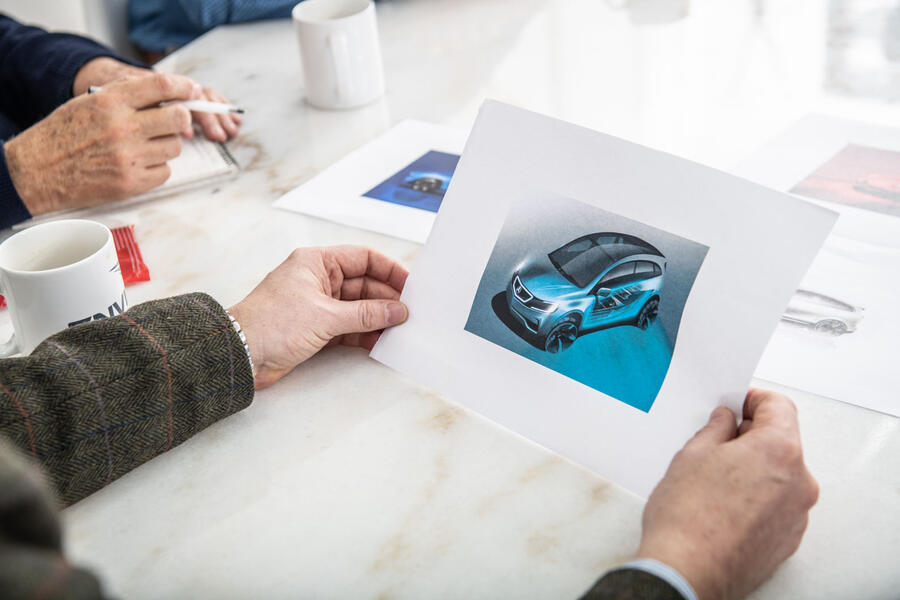
The flat floor and tilted drivetrain make for a fantastically spacious package. (The original A-Class gave 70% of its overall length to occupant and luggage space.) Fitting removable seats to this concept turns it into a van, or build it without seats for a bespoke delivery vehicle.
This concept is inspired by both the experimental B-Class range-extender and Toyota’s new Japan Taxi, which has a petrol-hybrid engine albeit fuelled by LPG. The range-extending concept has much going for it, especially when it uses low-CO2, low-pollution natural gas.
Using natural gas also allows us to exploit the extensive fuelling network already under our feet. And unlike pure battery power, gas tanks are much lighter and much cheaper and vehicle range is unaffected by weather conditions. Two decades after it was launched, the original A-Class engineering concept is more relevant than ever. Using this architecture and a natural gas (or biogas) range-extender drivetrain could underpin a new generation of diesel-free premium crossovers, as well providing the basis for low-pollution haulage.
Expert view: fashionable but flawed
“Leaving aside that Mercedes has moved on from the original, twin-floor A-Class (and is much more successful with today’s version), this revival of the concept does everything right for the modern era. It is smartly packaged, with the cab forward and a ‘flip diff’ to shorten the nose. These things are very fashionable. But you have to decide whether the market cares as much about the extremes of interior space as the designers.

“It goes back to the Austin Maxi: the company made much of the fact that you could lay all the seats down and sleep in the car – but nobody did.
“We’re not struck on that huge glass roof, either. It’s feasible, but you’d consume a lot of the energy you’ve just saved keeping the car cool.”
Richard Bremner: Alfa Romeo Spider
The Alfa Romeo Spider was once the car in which much of the glamour of its maker’s name resided. Not only did it look pretty, with its artfully crafted triple-piece grille, faired headlights, scalloped flanks and delicate boat tail, but it also had the mechanicals to deliver a drive as dreamy as its looks. A rorty all-alloy, twin-cam 1600, a five-speed gearbox, well-engineered suspension and four-wheel disc brakes made it the most sophisticated sports car in its class. And class it had in spades.
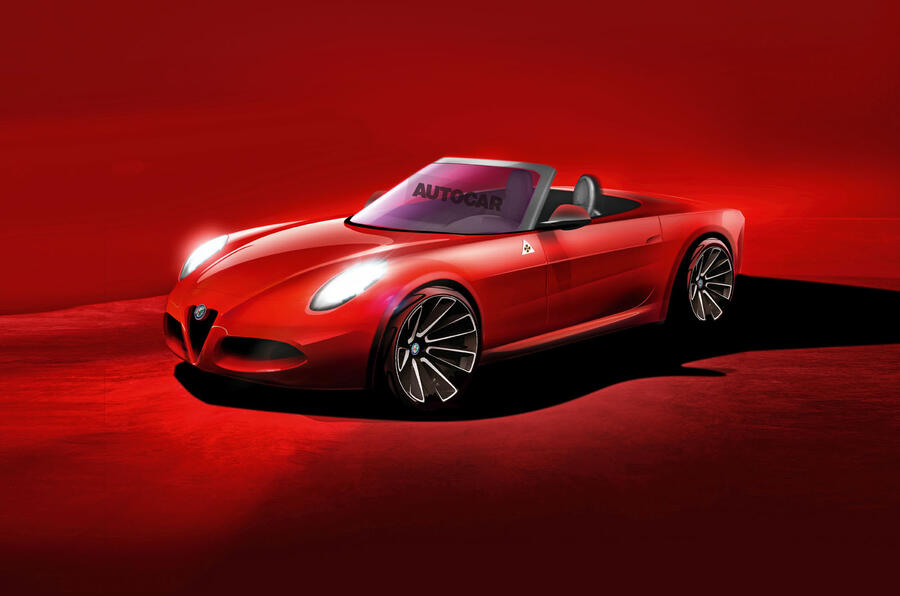
Its fame was hugely amplified by a star appearance in the 1967 Hollywood film The Graduate, with Dustin Hoffman, but it didn’t need such publicity for success. Its basic excellence and loss-making Alfa Romeo’s inability to replace it caused it to live on for 27 years, in increasingly adulterated form, before being replaced in 1995 by the front-drive Spider loosely based on the Fiat Tipo. While not a landmark machine, that 916-series Spider sold decently, survived until 2004 and was eventually replaced in 2006 by the 159- and Brera-derived Spider. More cabrio than sports car, this overweight two-seater sold very slowly until being deleted, yet to be replaced, in 2010.
Despite this disappointing end, Alfa has a two-seat sports car heritage that deserves reviving. Before you mouth ‘4C’, I mean in a manner a lot more convincing than this Lotus Elise-alike underachiever manages. Happily, Alfa Romeo now has the hardware to make it happen, namely the rear-wheel-drive platform from the Giulia saloon. It’s too long for a two-seat Spider, but with a section of floor removed, an agility-enhancing action in itself, there is the platform, suspension and 197bhp, 276bhp and 503bhp engine range to form the fine basis of a sports car that would be a lot sportier than the Mercedes SLC and possibly the new BMW Z4. Oh, and a manual gearbox would be good.

A generous bonnet, a tail longer than both the SLC’s and Z4’s, as per the original ’66 Spider’s proportions, should produce a timeless design that would feature a handful of sculptural and decorative references to the earlier car. But this Spider would be boldly contemporary, subtly muscular, elegant, Italian and decidedly not retro. Alfa Romeo designs have always pushed ahead, and this should be no different. Achieving elegance will require a fabric hood, incidentally.
The interior would be Italian furniture post-modern lush, and the speedo and tacho would individually sprout front and centre from behind the wheel, ’66 style. But all else would be modern, driver-centric and thoughtfully equipped for the passenger, too. Sports cars often go through periods of waning appeal, before being reignited by fresh product. A brilliant new Alfa Spider should do it.
Expert view: not edgy enough
"This new version of the sports car that started as Duetto and became Spider looks very feasible. Alfa’s parent, Fiat Chrysler Automobiles, has platforms and powertrain hardware that could be adapted relatively quickly to make it.

“The car is very attractive but if anything it’s a bit too plausible. The proposer has a good understanding of how low-volume models are created from high-volume components, but if this were an Envisage project, we’d have made it more radical, with an eye on a longer life. Part of the appeal of cars like this is edgy styling. You want a design that starts as a piece of art and a finished shape that implies we can build this whereas others can’t.”
The verdict
Mostly, we’ve proved again how hard it is to propose, let alone specify, a new car. Our cars all have a degree of credibility, but Envisage’s experts (veterans of dozens of live projects) found our Alfa Spider a bit too safe, our Audi and Mercedes somewhat lacking in sales appeal, and our Ford Capri a bit too off-the-wall for comfort. It might work, but it looks risky. Last year, our results were much like this: nobody proposed a market smash. With a year to improve, we hardly did. Perhaps the lesson for us is to stick to the keyboard.
Read more
Bettered by design: behind the scenes at Land Rover's design studio​
How to design an electric car, according to Porsche design boss​

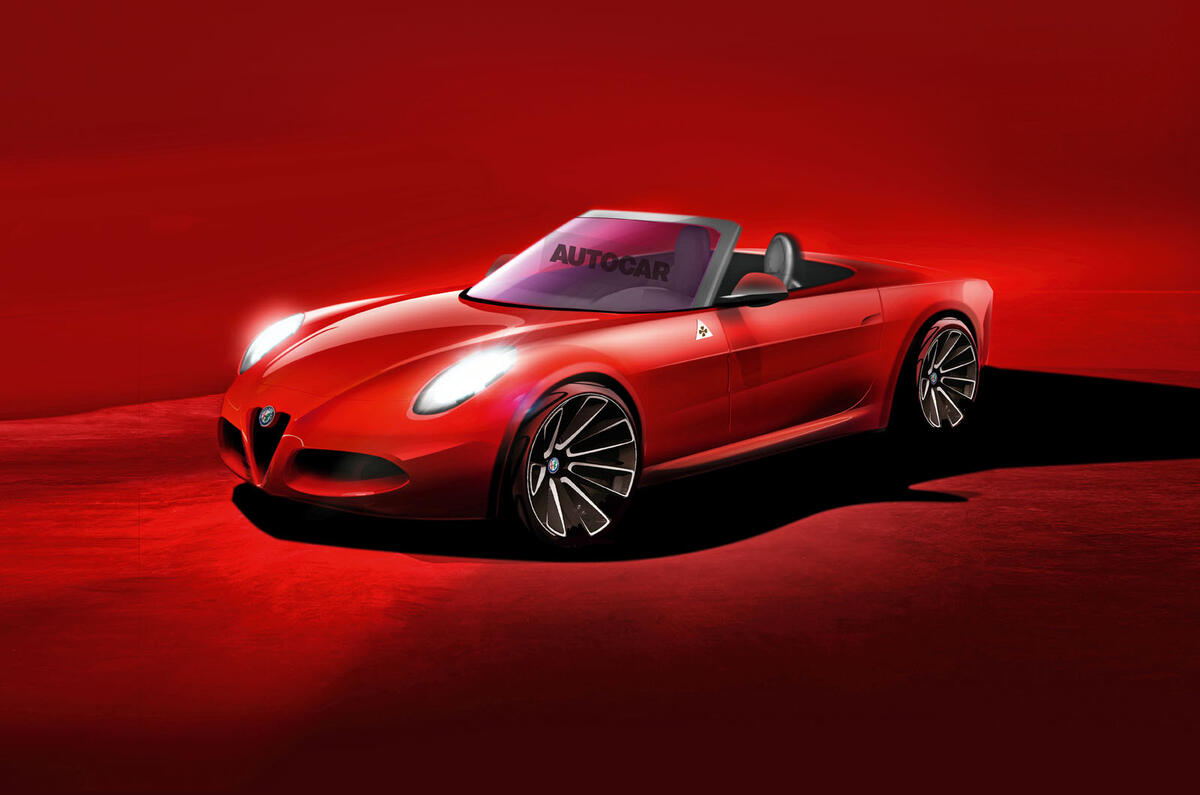


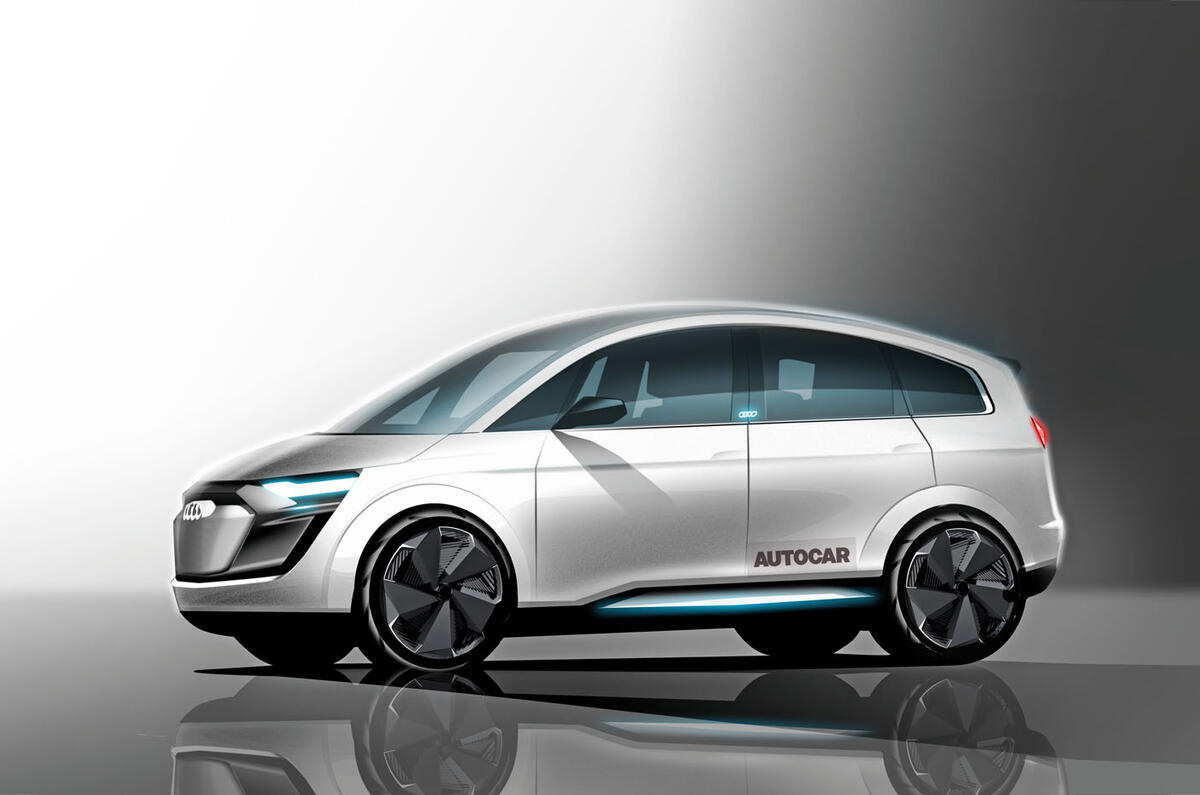
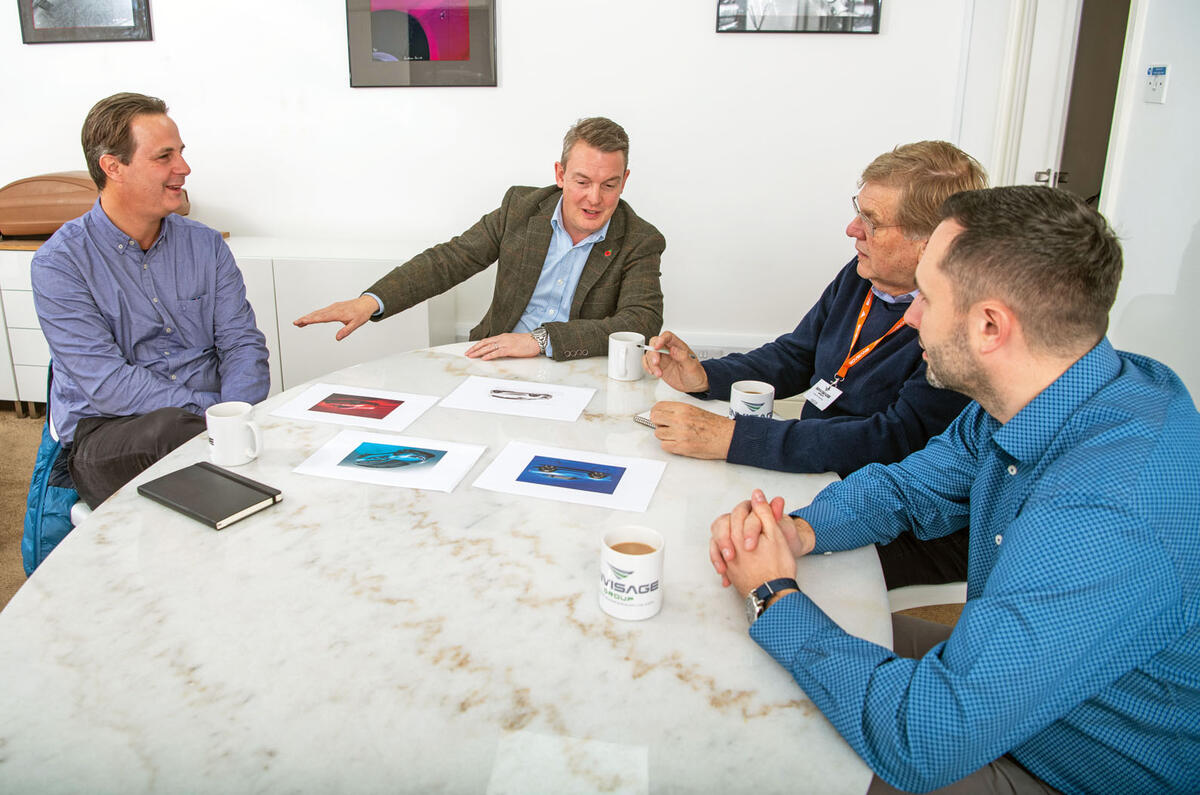
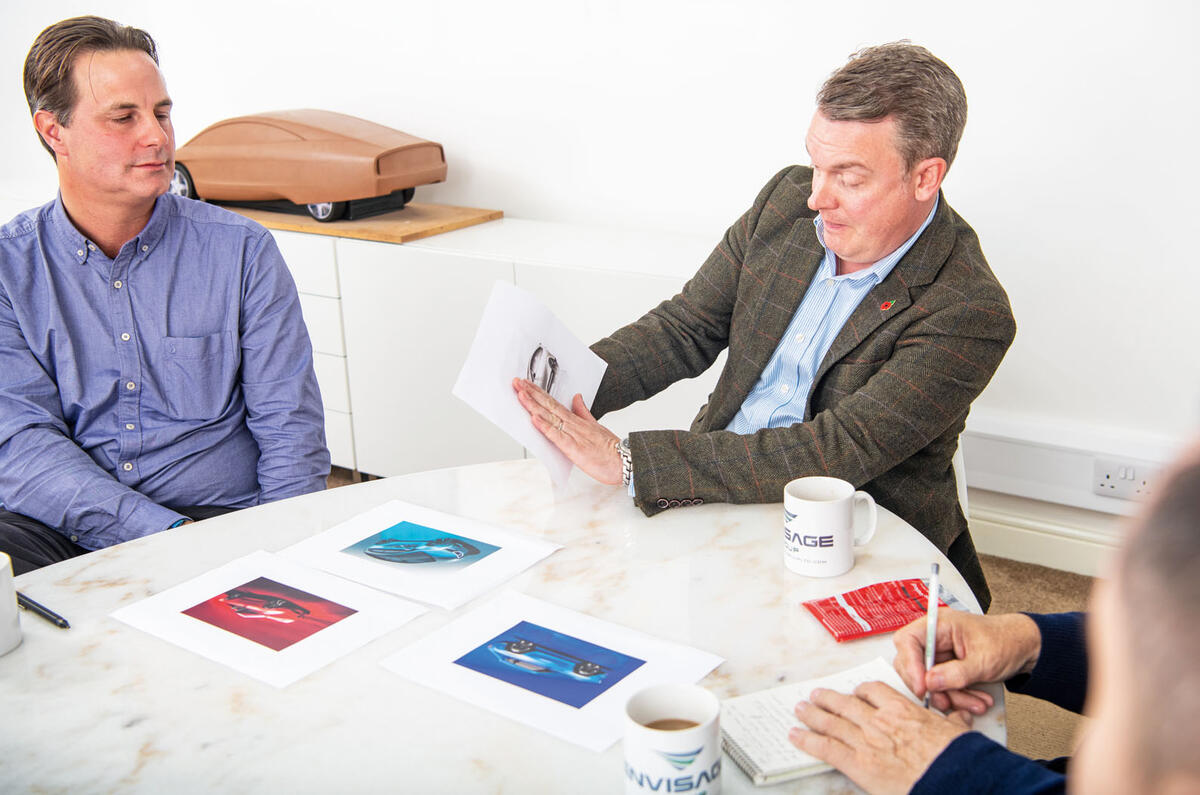

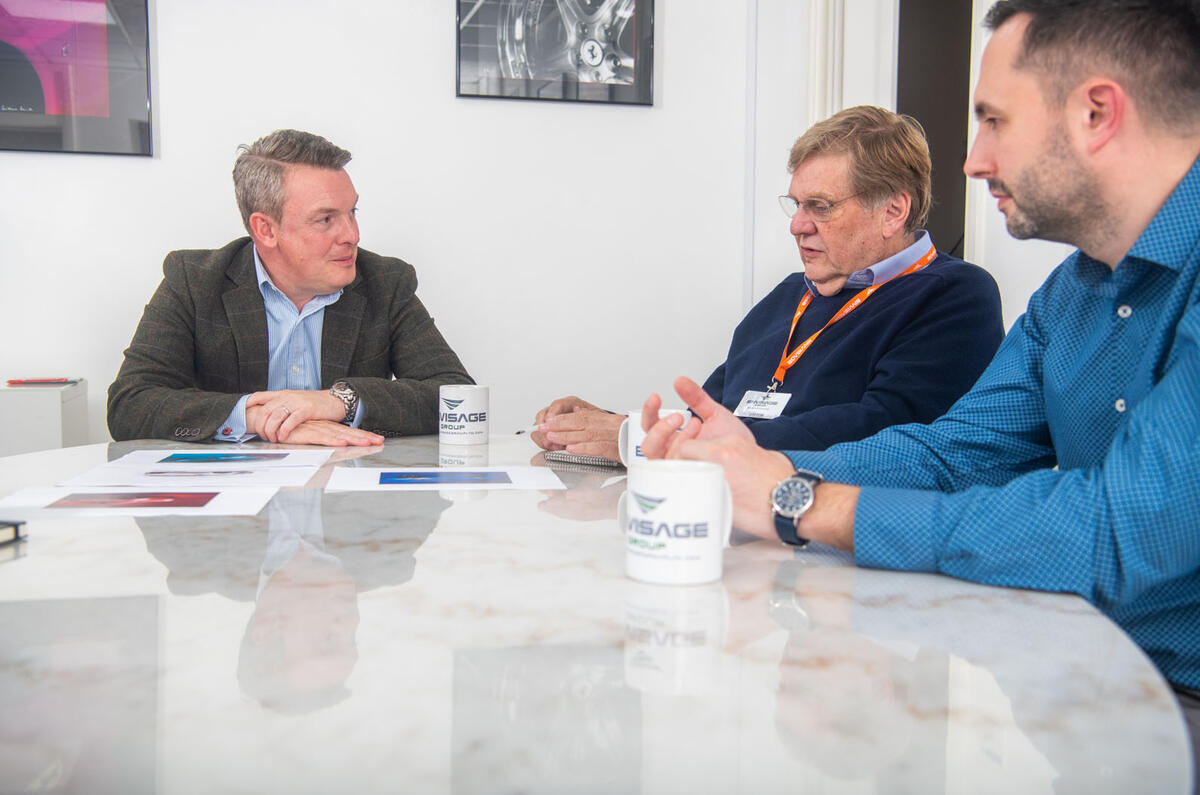


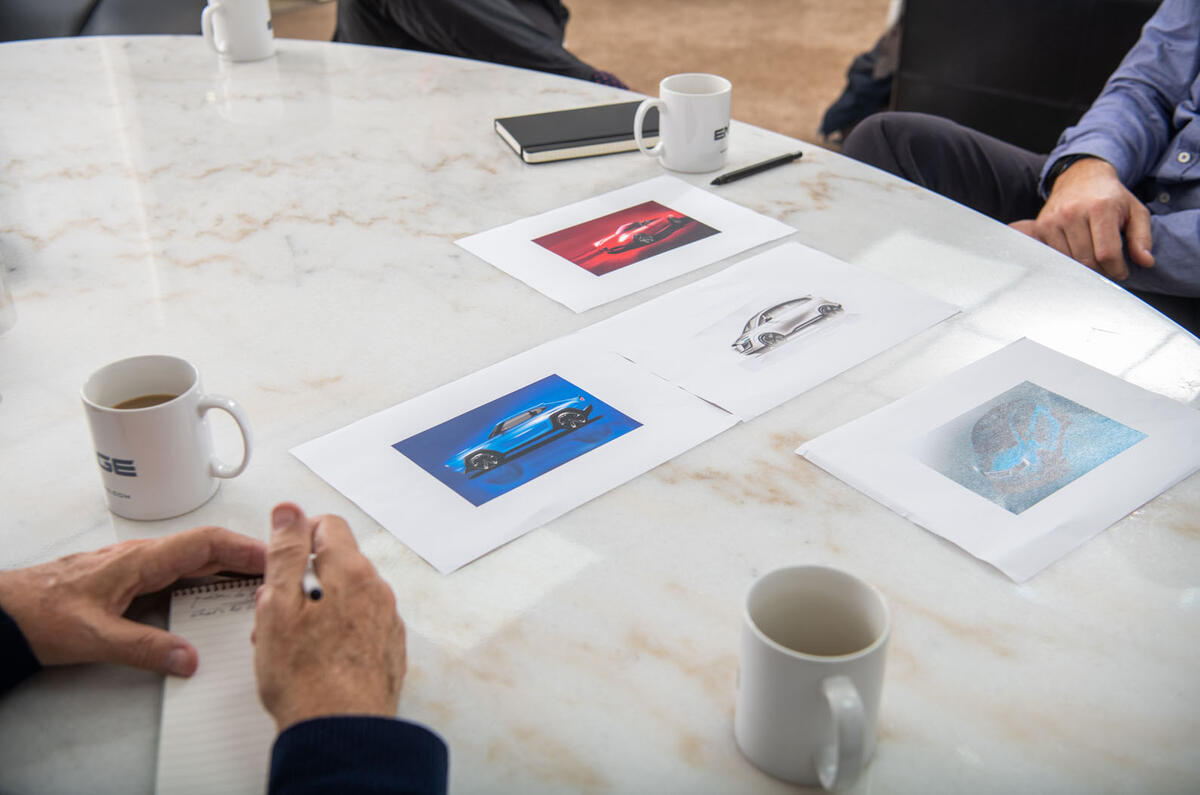
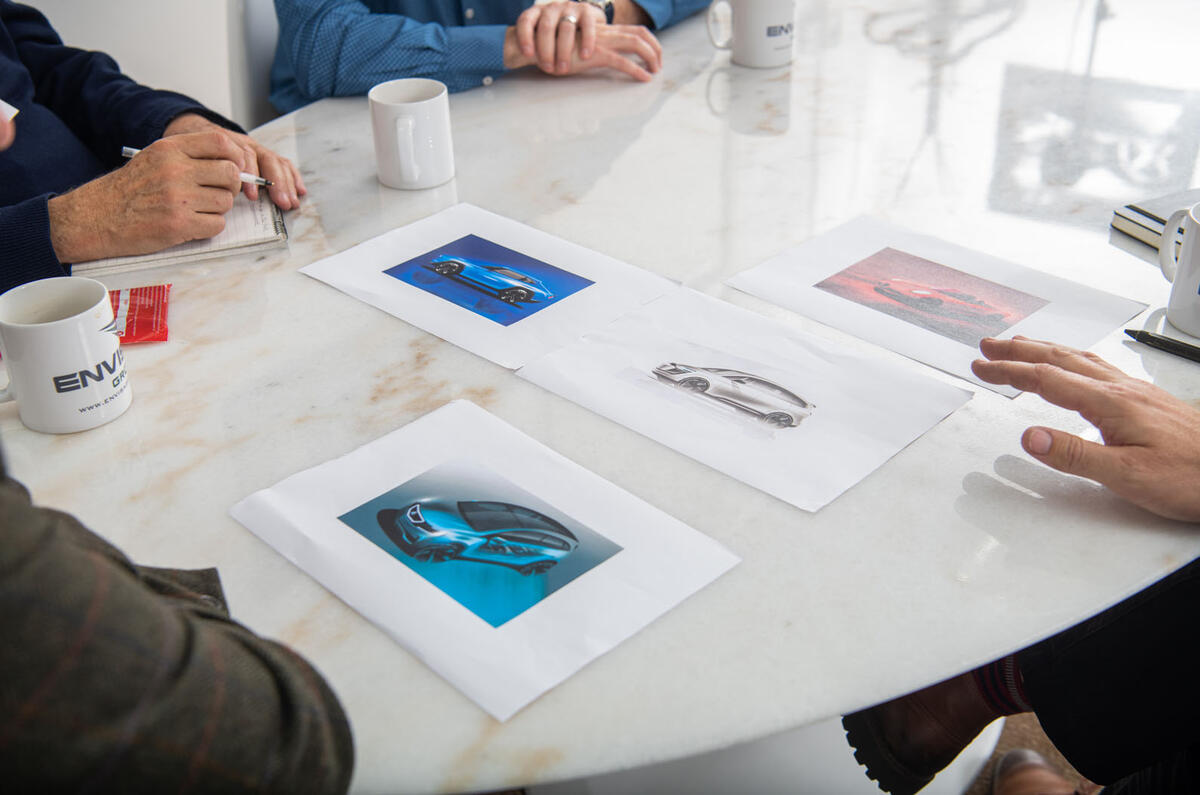
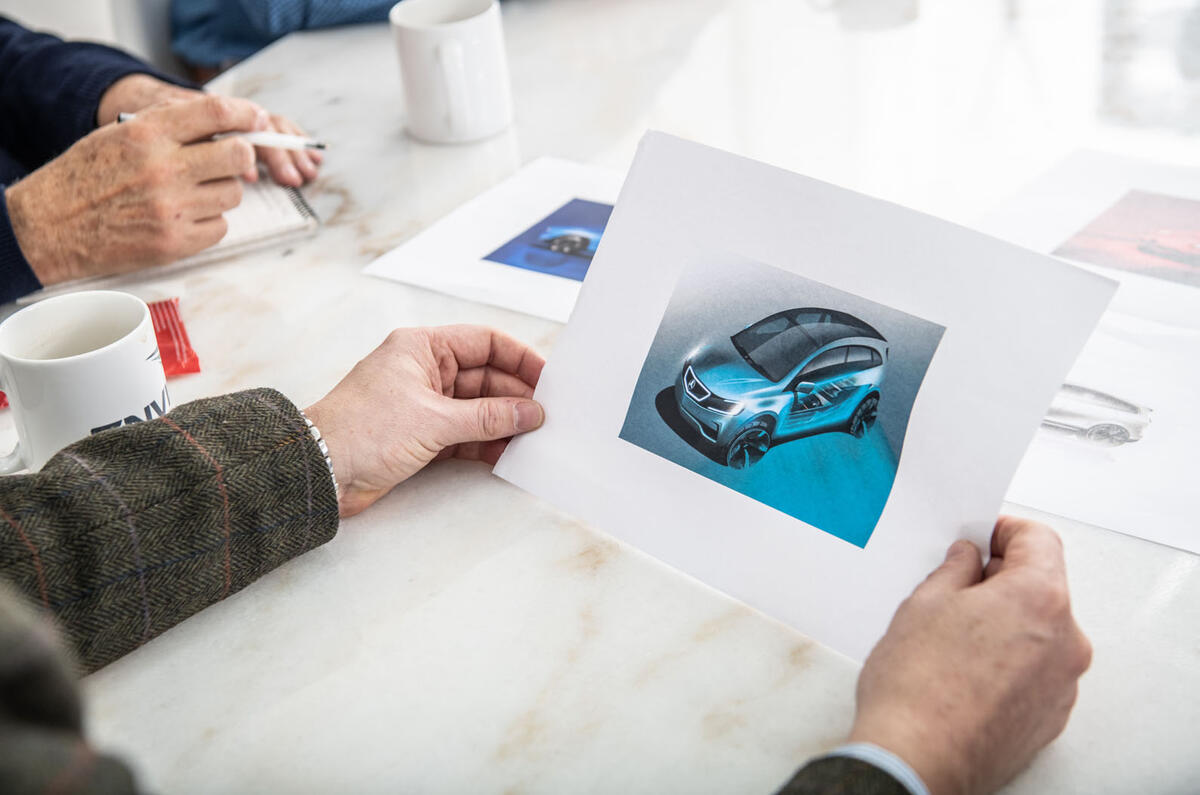
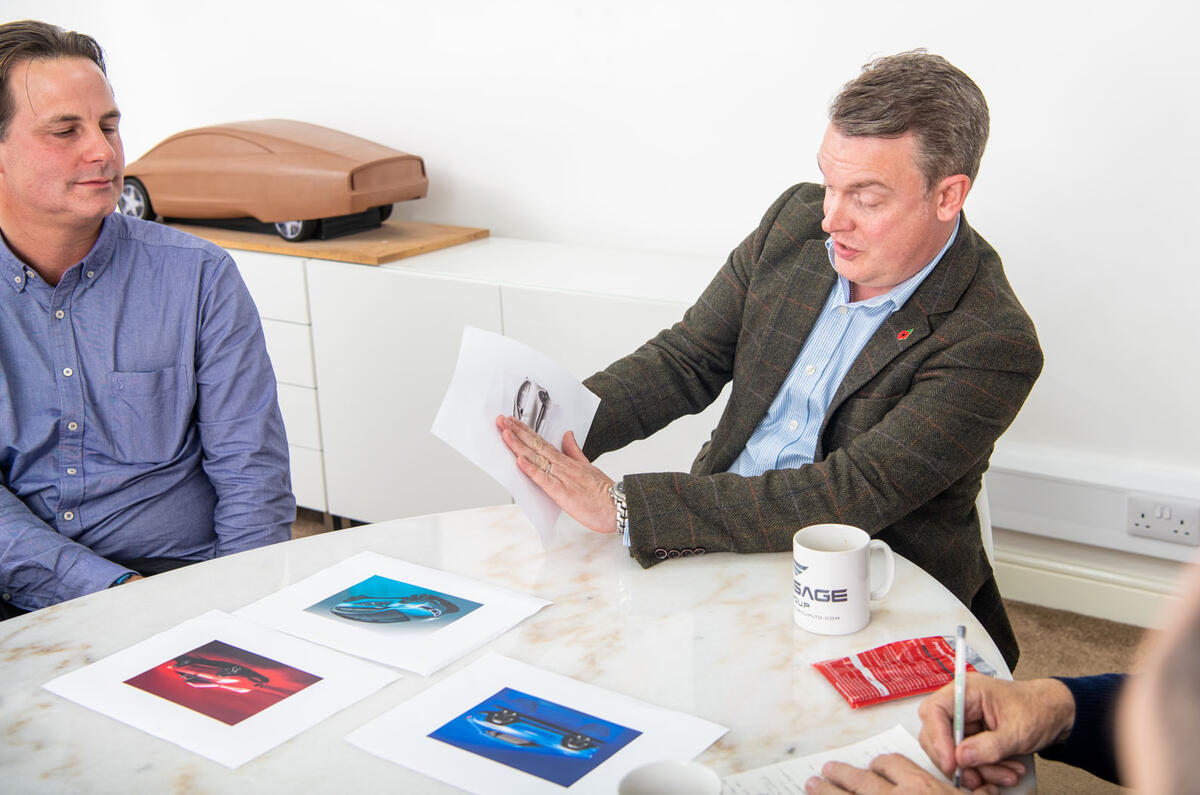


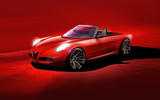
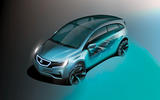
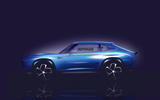
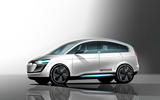














Join the debate
Add your comment
Amazing Alfa
This one is amazing news. I love this design. iCloud login
Beautiful Alfa
I think the Alfa looks great, I disagree that the design is too conservative, it looks timeless...as long as the driving experience and interior refinement is up to snuff it should sell well.
Pointless
A rather pointless/Sunday morning at the pub discussion. New technologies - electric/autonomous/lightweight cars - need a new aesthetic. Just as the first cars copied the form of horse-drawn carriages, we are now in a similar transitional period. Battery power allows radical new approaches to packaging. It will be challenging: I suspect part of the i3's limited success is because of its 'out there' styling. But even the Mini got off to a slow start. Trying to re-invent something like the Capri is futile. The 1969 iteration was (like the Mustang) based on the 'long hood/short deck' sportscar tradition. It would be ridiculous now. At least the original A Class and A2 took a new approach to packaging that could still be relevant.